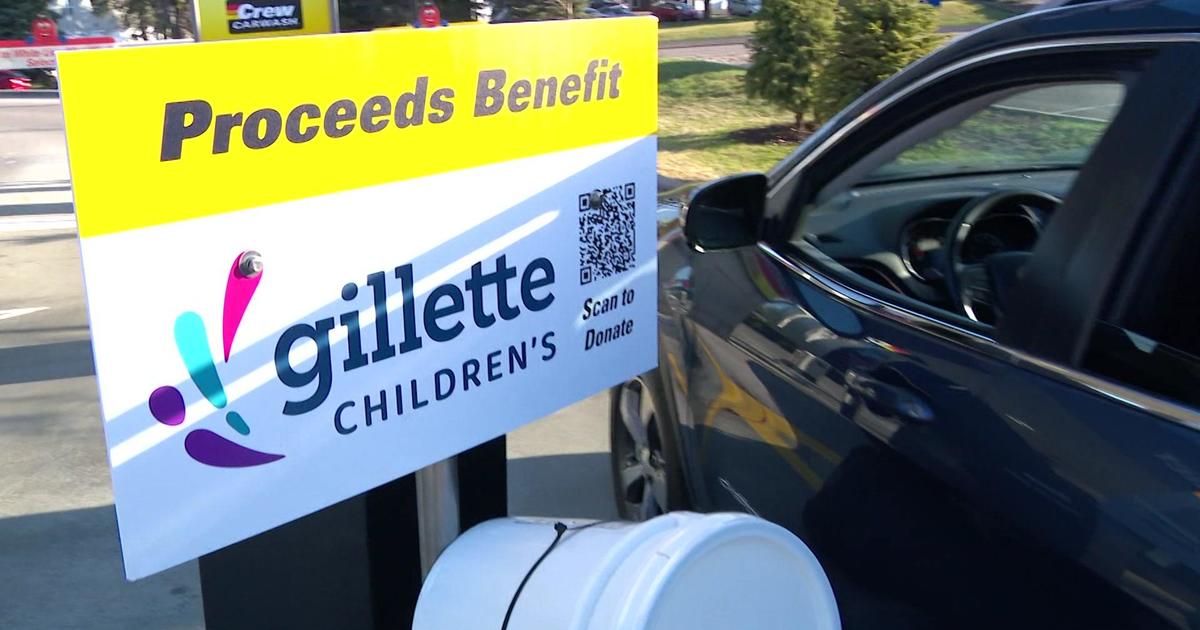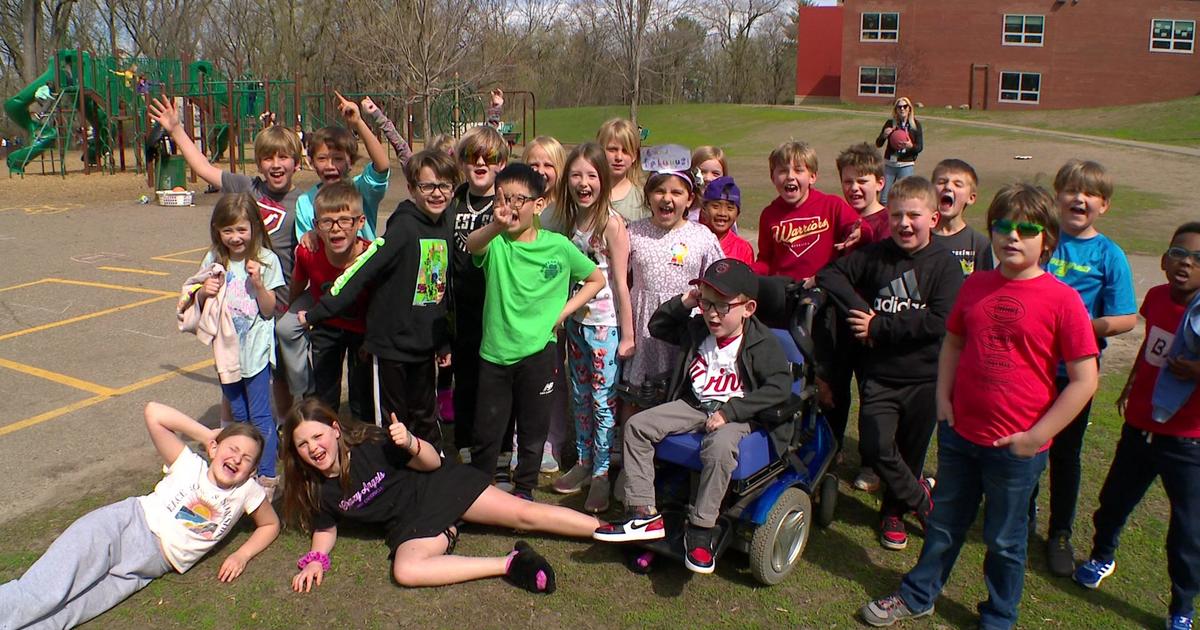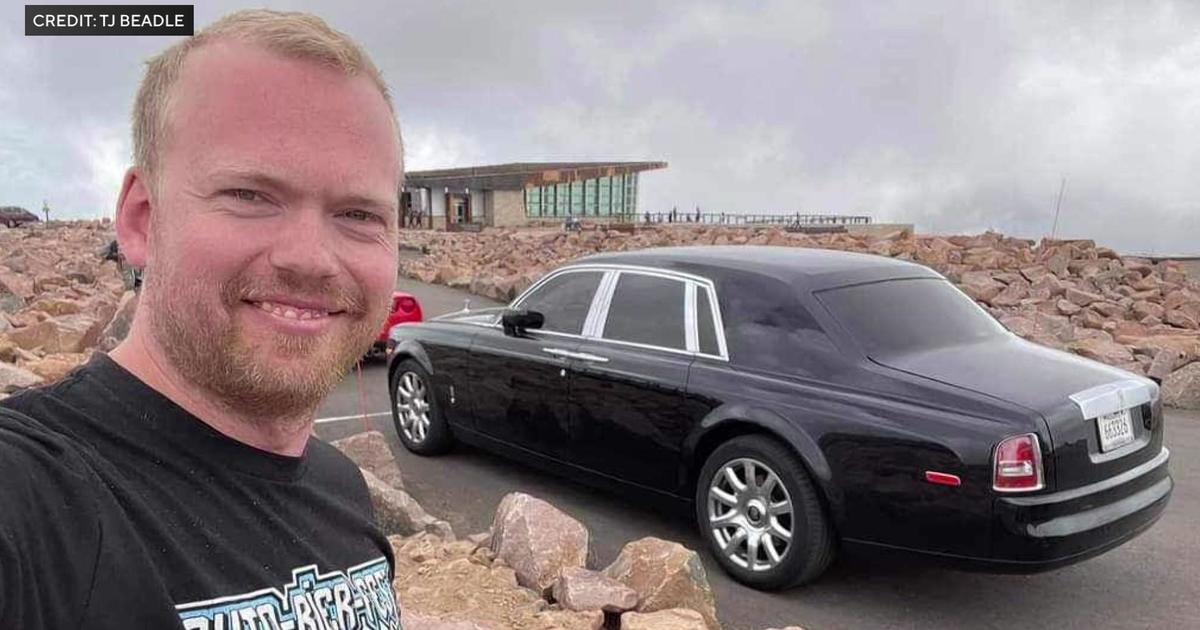What's The Purpose Of The 'No Mow May' Movement?
EDINA, Minn. (WCCO) -- The steamy weather has homeowners ready to tackle projects in the yard. But many are opting to keep their lawnmower in the shed all month.
So, what is the purpose of the "No Mow May" movement? And will it impact your lawn's health? Good Question. Jeff Wagner explains why the weather in the weeks ahead will be a key factor.
It's truly a sign of the times, like the literal sign we found in Pat Olson's front yard stating she has no plans to mow her lawn this month.
Edina is one of several cities encouraging homeowners to participate in No Mow May. That means one month of steady growth, and not just grass, but the flowers we sometimes refer to as weeds, like dandelions.
"The one that's the most classic would-be white clover, and we'll probably start seeing that in the next week or two," said Eric Watkins, horticulture science professor at the University of Minnesota.
What is the purpose of No Mow May?
"The idea behind No Mow May is really driven by helping pollinators with allowing early season flowers in your lawn," he said.
That means bees can thrive when mower blades don't come chopping by.
A study in Appleton, Wisconsin, found homes that didn't mow in May had three times more bee species and five times more bees compared to yards that were mowed.
"If [bees] don't pollinate, we're not gonna get the food. So I thought if this is one small little thing I can do, I will do it," Olson said.
How will not mowing in May impact a lawn's health?
"Not mowing during the entire month of May probably would be a net negative," said Watkins.
When grass is mowed, it promotes horizontal growth. Watkins said that means a lawn becomes denser with spaces filling out.
Growing vertically shouldn't be a problem this month since with summer-like weather already here.
"[Grasses] really like these temperatures in the 70s and 80s with plentiful moisture, and they're ready to take off," said Watkins.
How do you approach the first mow after No Mow May? Watkins said that will be important, especially if there's a high amount of growth. He suggests only cutting about a third off the top. That means if your lawn grew to a height of 6 inches, cut it down to 4 inches. And if the clippings are that long, he said it's best to bag them to prevent clumping on the lawn.
"Usually during the growing season we would say do not remove clippings. That's a good way to get natural fertilizer back into the lawn," he said.
After the first cut in June, continue the process of slowing trimming the grass until it's the right height to let the clippings stay on the lawn.
There's other ways to support pollinators besides not mowing for one month. You can mow less frequently throughout the summer and also raise the height of your blades.




